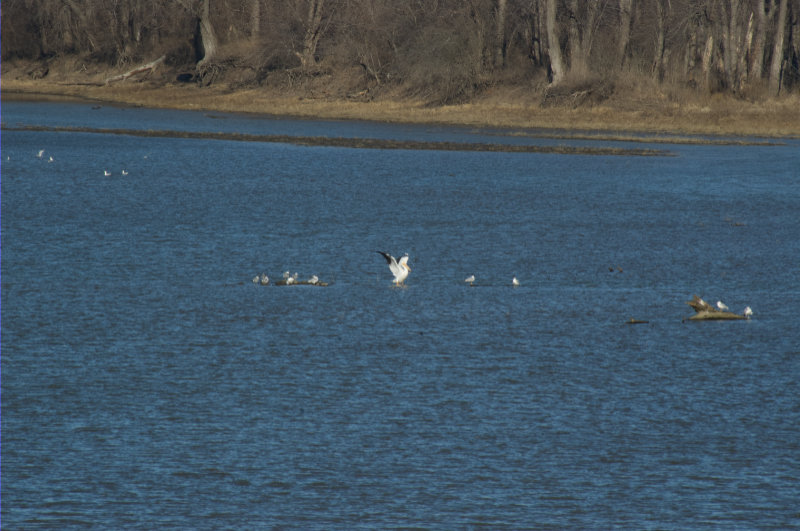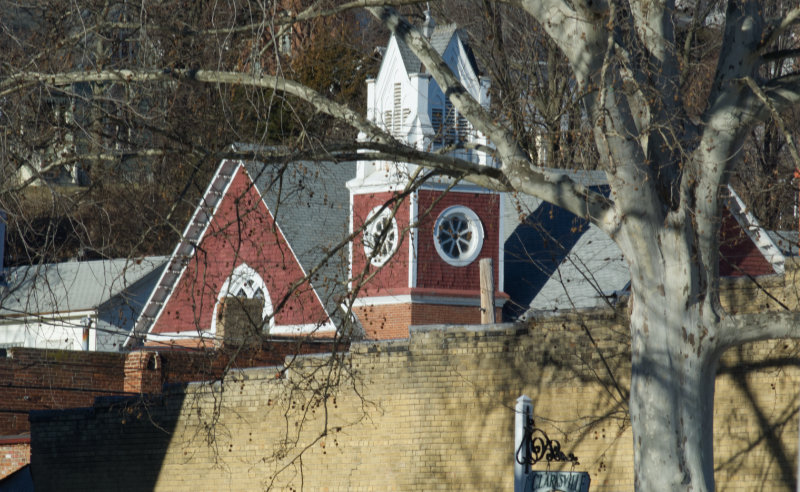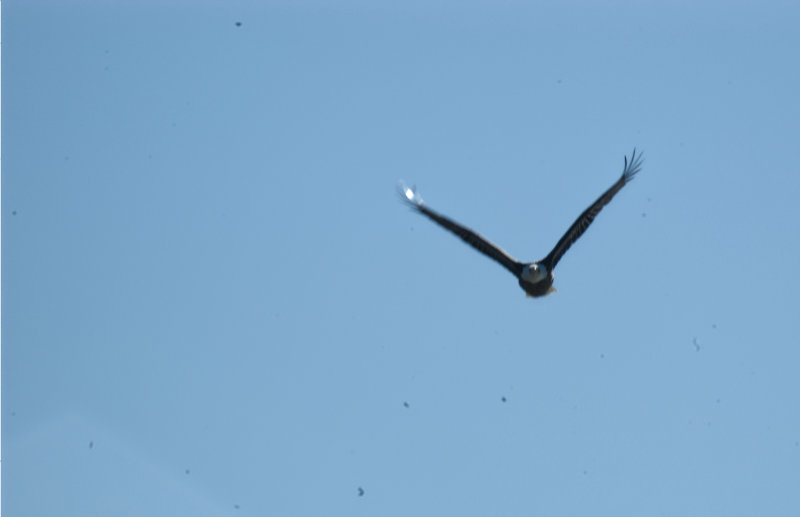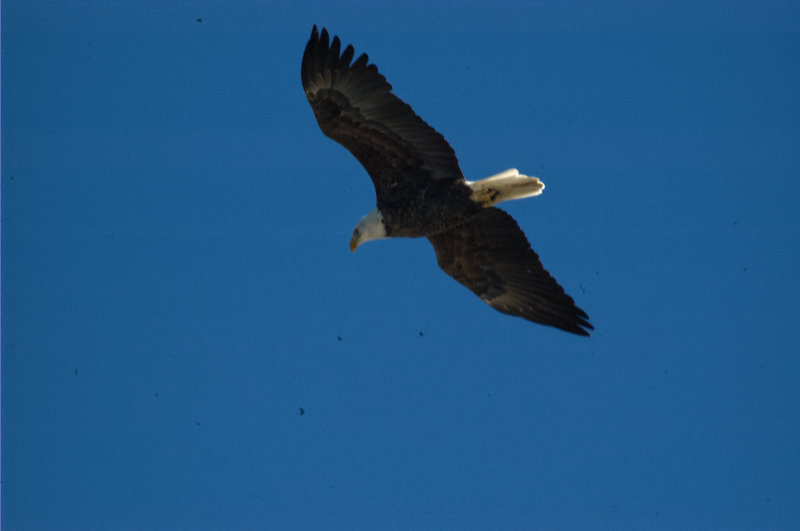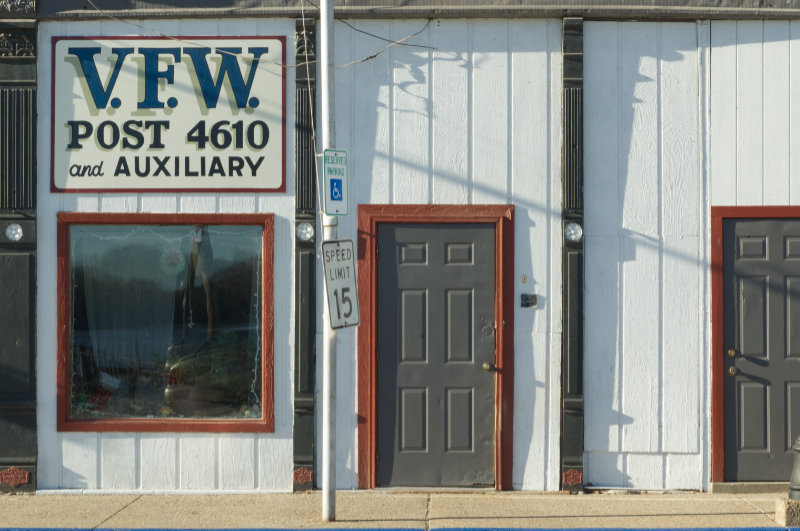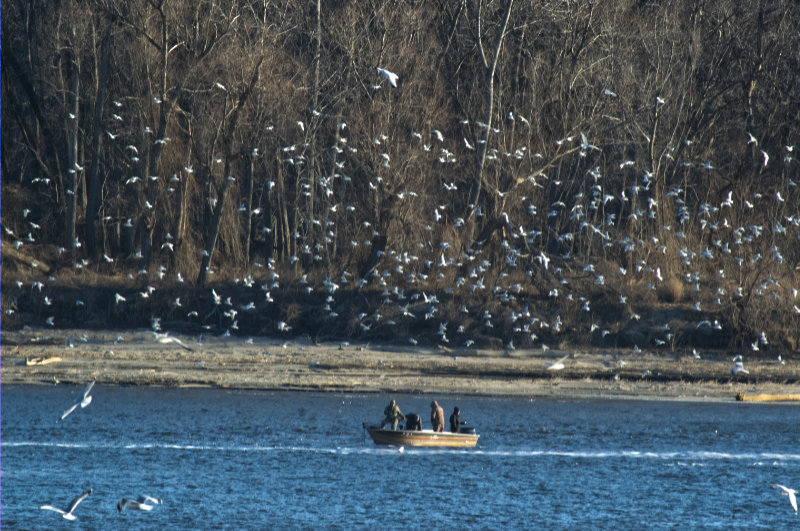Recovered from the Wayback Machine.
Today I finally found the eagles. I am both exhausted and exhilarated. I have photos, which I have to go through to see how many survived both the sunlight, speed, camera shake, and distance. When the five or so out of 300 have been found, I’ll post them and their story online.
In the meantime, O’Reilly has been trying out different publication business models, including a new type of book experience called Rough Cuts and publishing smaller works, online, for less money.
Rough Cuts are pre-production releases of books focused on new, and hot, technology while the book is currently going through final revision and production processing. You pay less money, download PDFs and also, hopefully, provide feedback for the final book. With this, O’Reilly hopes to get books on hot tech into the hands of the readers that much more quickly.
One of the books is Ajax Hacks, which I helped tech edit this last December. Lots of helpful tips and tricks when working with Ajax in this book. It’s this book that inspired me to dive, happily, into Ruby on Rails.
As for the short publications, yours truly wrote one of the first for O’Reilly, on none other than syndication feeds. Per Derrick Story at O’Reilly:
O’Reilly recently commissioned Shelley Powers, a specialist in technology architecture and software development, to create a comprehensive PDF document that would help webmasters manage their incoming and outgoing feeds. Shelley produced nothing short of a must-have reference for online publishers, titled “What Are Syndication Feeds.”
This eDoc, as O’Reilly has termed it, is focused primarily at those newly exposed to syndication feeds and needing to understand what they are, and how to use them. It’s not focused at developers; it is focused at end users, regardless of degree of technical experience. It also doesn’t cover any of the history or the politics, as folks newly introduced to syndication feeds don’t need to know about either of these. RSS 1.0, RSS 2.0, and Atom are all featured.
I also noticed that O’Reilly used a bird for the colophon on the eDoc. Rather timely considering my recent successful quest for eagles.

